In 1989, Judith Mendel Novack decided to come to terms with her Holocaust memories. She wrote “The Lilac Bush,” a memoir drawn from her Hungarian girlhood and its tragic aftermath, then persuaded a small New York publisher to bring out her manuscript in book form. Novack wasn’t bothered by having to pay up front to see “The Lilac Bush” in print. After all, she was not in it for the money. Upon receiving the very first copy, she brought it straight to her grown son. He had never before heard her story.
Many Holocaust survivors have turned to self-publication as a way of confronting their past lives. The author of one memoir said, “I couldn’t wait to spit it out.” Embarrassed at having to pay to be published, she does not want to be identified. But her investment has brought her tangible dividends: letters from around the world and the discovery of former childhood classmates who now live an easy drive from her Southern California home.
David Meyer, professor of Jewish history at UCLA, explains the recent surge in Holocaust memoirs. First of all, he said, “at a moment in history where survivors are quite literally passing from the scene, there’s a sense of urgency to record one’s story before one’s voice is no longer able to be heard.” And the widespread interviewing of Holocaust victims by such groups as the Survivors of the Shoah Foundation has opened the emotional floodgates for many who were once reticent. As a historian, Meyer sees value in these memoirs: each survivor’s personal story “gives shadings to our comprehension of an event too large for us to fully comprehend.”
If, however, a survivor’s recollections seem overly embellished, they can be perceived as falsifying history. That’s why Samuel Goetz, founder of the UCLA Chair of Holocaust Studies, advises his fellow-survivors to “bear witness to your own experience. Don’t pass judgment or talk outside of your own experience.” Goetz takes his own advice in “I Never Saw My Face” (2001), the understated prose narrative in which he details his life, from ages 14 through 17, in three Nazi concentration camps.
Because of his long-term commitment to Holocaust education, Goetz first queried a university press but quickly discovered the realities of the publishing field. Ultimately, he settled on Rutledge Books, which states its mission on its Web site: “This successful, full-service subsidy publisher can transform your manuscript into an attractive quality book and promote it.” By paying Rutledge for its services, Goetz received a well-edited volume that looks fully professional. Rutledge even helped create the cover design Goetz had envisioned: the only existing childhood photo of himself, superimposed on a copy of his certificate of liberation.
After chronicling her years in Nazi-occupied Hungary, Rose Farkas contacted Santa Barbara’s Fithian Press. An imprint of Daniel & Daniel, which also produces mysteries and belles lettres, Fithian specializes in what it calls “co-publishing.” Publisher John Daniel insists that Fithian is not a vanity press, cranking out shoddy volumes for anyone who can pay the tab. (Today, several e-book companies, like the 1stBooks Library, fulfill this function.) By contrast, Fithian’s staff picks and chooses among submissions, because “we always have to be sure that we will be proud of the book.” Although authors do cover the costs of publication, they receive generous royalties for copies sold, and Fithian both distributes and publicizes its output.
Farkas is not ashamed that her handsome hardcover memoir, “Ruchele: Sixty Years from Szatmar to Los Angeles” (1998) cost her $11,000. Of the 1,000 copies printed, she has sold more than half and given many to museums and synagogues. “Ruchele” is available through commercial outlets; it also appears in a slender catalogue wherein Fithian enumerates its full line of Judaica.
To tell the story of how he escaped the Nazis by leaping from a moving train, Joseph Rebhun first formed a tiny company, Or Publishing. He printed 3,000 copies of “God and Man in Two Worlds” (1985), and “acting as his own public relations man,” he said, sold them all.
Years later, a copy came into the hands of freelance editor Carol Field. Because Rebhun is a doctor, she approached Ardor Scribendi, which calls itself “a publishing house for physicians by physicians.” Ardor Scribendi’s founder, Dr. A. Bernard Ackerman, asked Rebhun to trim the religious philosophizing that had dominated the original book. “I don’t want to hear a God story,” Ackerman said. “I want to hear your story.” The result is the gripping “Leap to Life: Triumph Over Nazi Evil” (2000).
When Lya Stern and her brother Andy Weiss decided to celebrate their mother’s 80th birthday by collecting her writings, they chose to join forces as Lyandy Press. With “The Complete Self-Publishing Handbook” as her guide, Stern put in countless hours ensuring that the work was professional in every way. She paid a designer $2,600 to oversee the look of the volume and spent another $8,000 for the printing of 1,000 copies. Now “Life at the End of the Tunnel,” a survivor’s memoir by Irene Weiss, is available for purchase. Weiss’s short sketches combine tender memories of a bygone world with chillingly precise recollections of day-to-day life at Auschwitz and Bergen-Belsen. But her proud children are discovering that until they acquire marketing know-how, they’ll never get the book into readers’ hands.
One boon to those who have not yet told their stories is the Holocaust Survivors’ Memoirs Project, sponsored by the World Jewish Congress in close alliance with Elie Wiesel. Through a recent grant to Wiesel from Random House, the project is committed to gathering and publishing prose narratives from anyone whose life was changed by the Shoah. Coordinator Charlotte Yudin admits that publication criteria have not yet been determined. But she has already been barraged by survivors who implore her, “Please, I’d like to see this published before I die.”
Rutledge Books, Inc.
(800) 278-8533 www.rutledgebooks.com
Fithian Press (805) 962-1780 www.danielpublishing.com
“The Complete Self-Publishing Handbook” by David M. Brownstone and Irene M. Franck (Plume, 1999)
Holocaust Survivors’ Memoirs Project (914) 722-1880







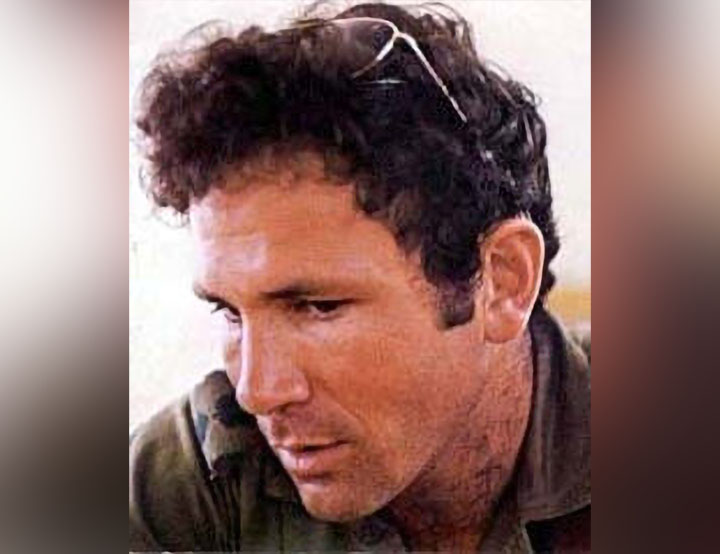








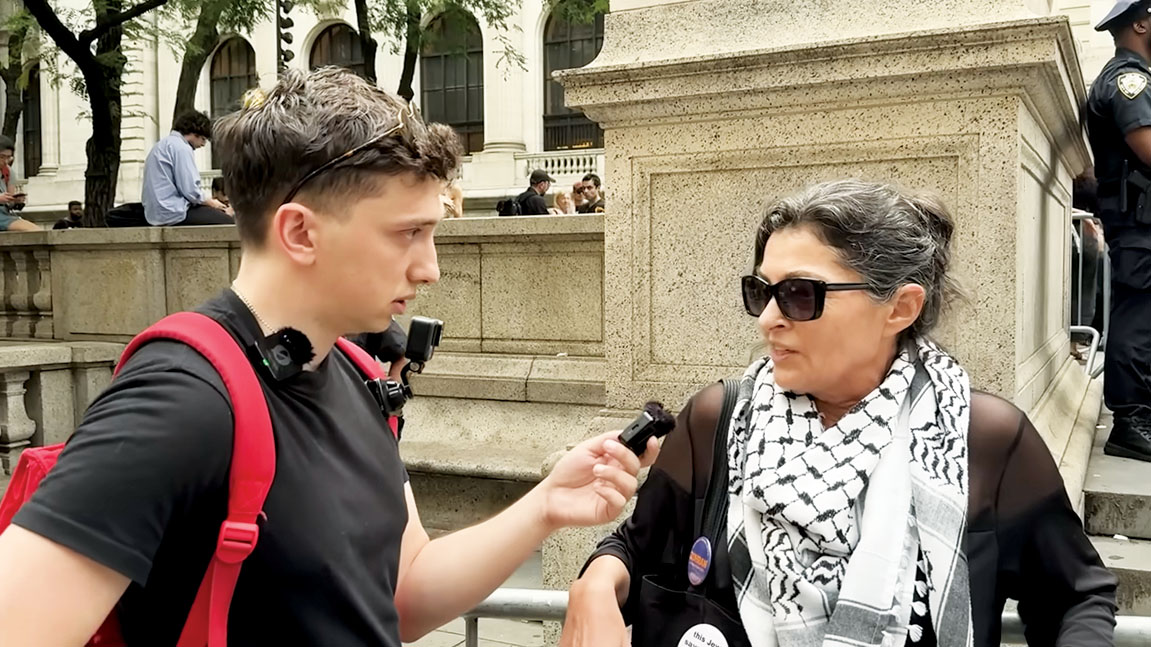


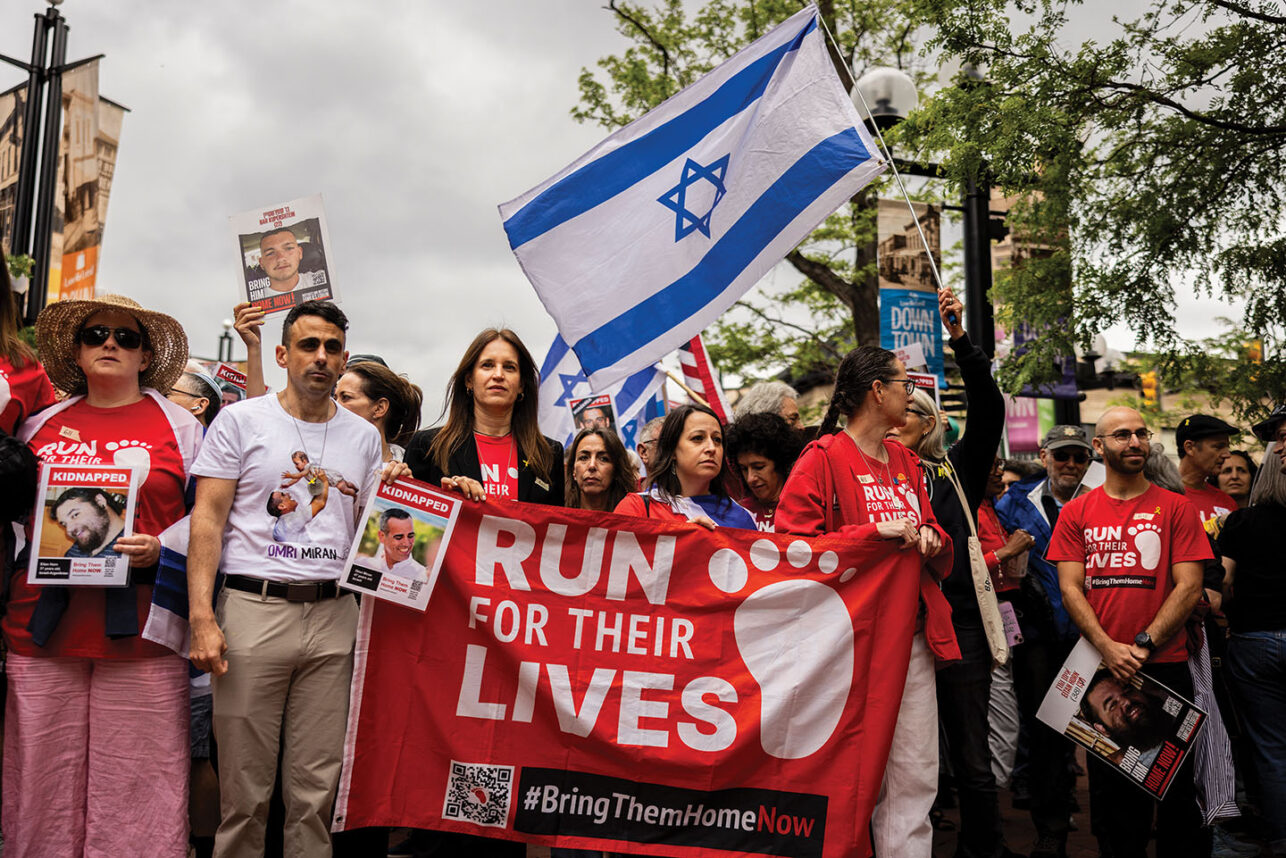


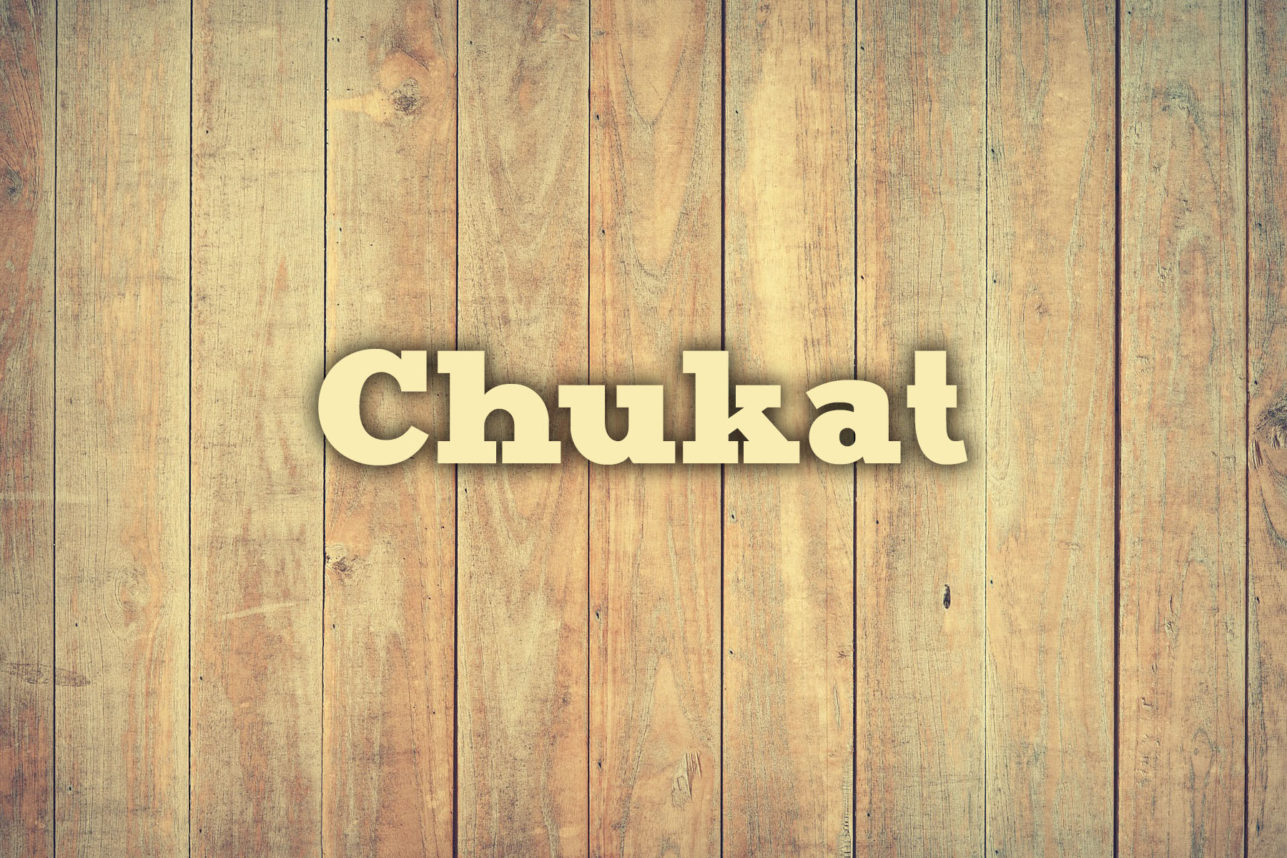
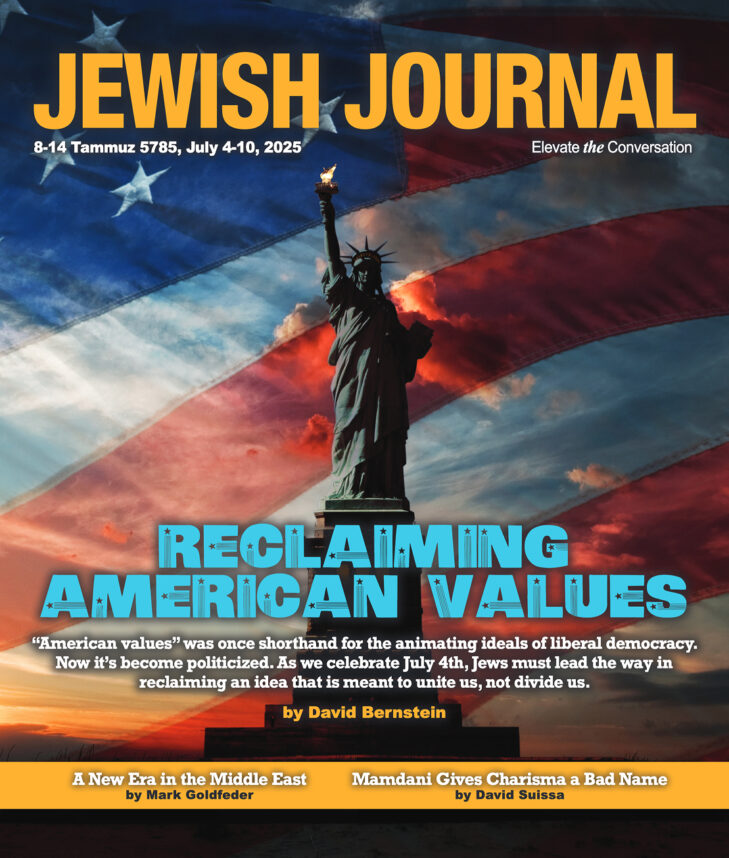
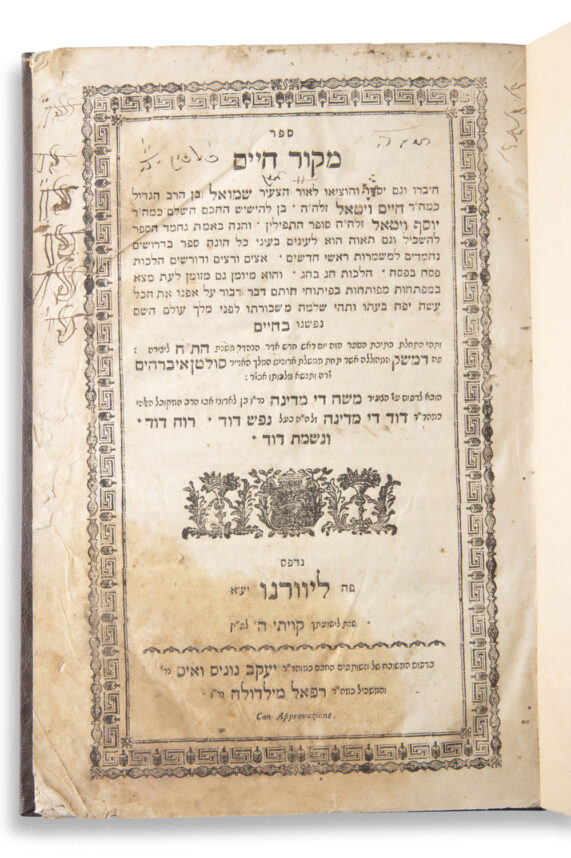





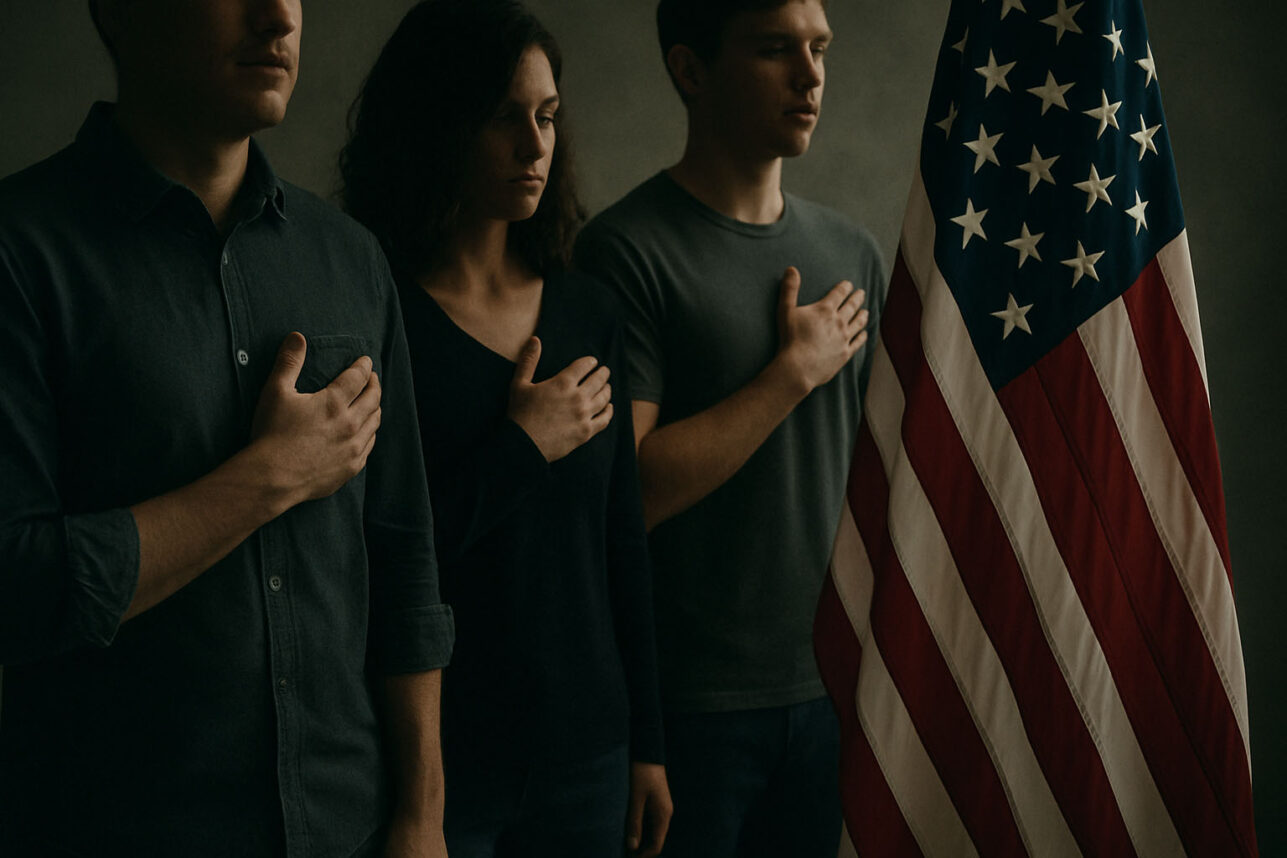


 More news and opinions than at a Shabbat dinner, right in your inbox.
More news and opinions than at a Shabbat dinner, right in your inbox.